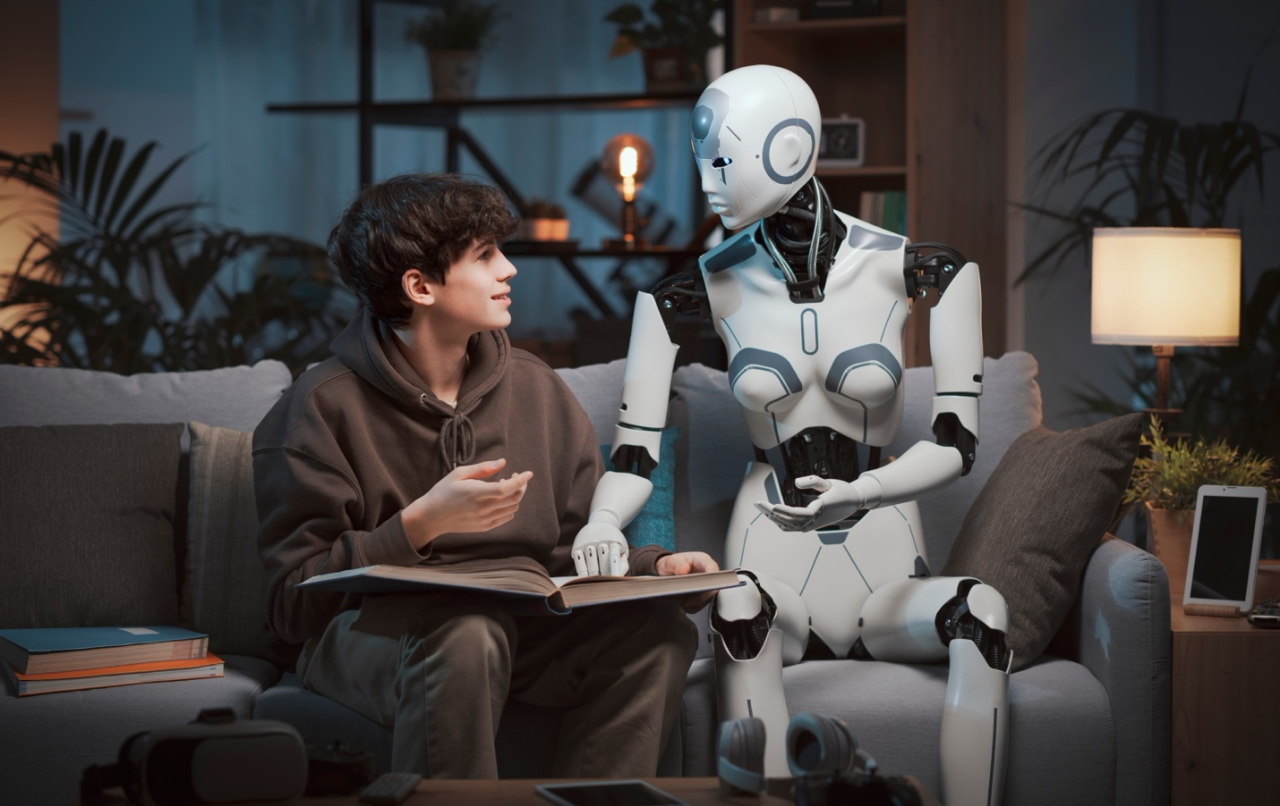AI Translation Unleashed- Prometheous vs Highschooler
- Elena Garcia
- January 16, 2024
- 12,801 views
“AI Translation Unleashed: Is it Truly Prometheus or Just High Schooler-Level Proficiency?”

In the ever-evolving landscape of translation and localization, the rise of Artificial Intelligence (AI) has brought about remarkable changes. From speeding up the translation process to enhancing accuracy, AI has become an invaluable tool in breaking down language barriers. However, as we delve into the intricacies and challenges, it becomes apparent that, much like a high schooler mastering a second language, AI has its limitations.
The Rise of AI in Translation
AI, driven by natural language processing and machine learning, has transformed content translation and localization. The speed and efficiency achieved through AI-powered tools have revolutionized an industry once known for its time-consuming processes. Advances such as Neural Machine Translation (NMT) have allowed for improved context awareness, capturing nuances with greater accuracy.
The Downside of AI in Translation
Despite the advancements, challenges persist. AI struggles with contextual understanding, quality control, and ethical considerations. Over-reliance on machine translation and the lack of personalization are hurdles that impact the quality of translations. Just as a high schooler might grasp the grammatical aspects of a second language but struggle with cultural references, AI, too, faces limitations in fully comprehending idiomatic expressions and cultural nuances.

The Human Touch
Cultural references and idiomatic expressions are intrinsic to language, and human translators excel in interpreting these nuances effectively. Much like a high schooler learning a second language is taught structural elements but may miss cultural context, AI needs the guidance of human translators to bridge the gap and provide a high-quality translation that resonates with the target audience.
AI vs. Human Translators: Finding the Balance
AI excels in rapidly processing large volumes of text, but human translators contribute cultural awareness, context comprehension, and the ability to convey subtle nuances. The ongoing debate between AI and human translators suggests the need for a balanced approach in the future.
Despite the progress, AI translations have their limits, particularly in capturing context and emotive aspects. Comparable to a high schooler proficient in a second language, AI translations may lack the depth needed for compelling marketing and advertising content. For content that requires a human touch, such as the translation of literature, subtitling, or dubbing of the arts in media, a professional translator remains an essential part of the process.

The Future of Translation
The ubiquity of AI in translation is undeniable, with notable examples like Google Translate, which employs AI to analyze text, images, and speech—catering to various needs such as website translation and global communication. Airbnb utilizes AI-powered translation to automatically render accommodation listings and reviews in the guest’s preferred language, enhancing accessibility for users worldwide. Netflix offers a personalized viewing experience by translating content, including subtitles and voiceovers, into multiple languages across its global user base. However, the human interpreter remains crucial in situations demanding 100% accuracy and a nuanced understanding of context, as is the case for official documents, legal, financial and medical translation, and any other document that will have broad exposure and whose terms will have a direct impact in the daily lives of humans. As technology evolves, the collaboration between AI and human translators is key to meeting the diverse needs of global communication.

In the dynamic realm of translation and localization, AI has undoubtedly reshaped the landscape. However, just as a high schooler’s proficiency in a second language might require the guidance of an expert, AI translations benefit from the expertise of human translators. At Stepes, we offer a comprehensive range of translation services, embracing both the efficiency of AI and the nuanced touch of human linguists. Striking a balance between technology and expertise ensures that translations meet the highest standards, effectively connecting businesses and people across the globe.











